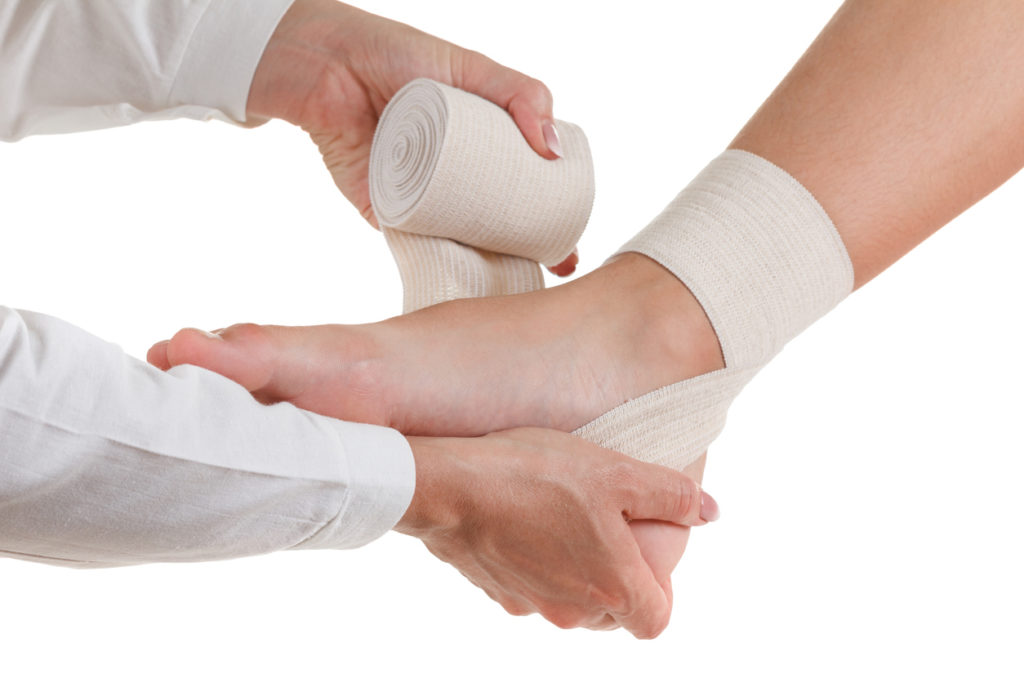Osteopenia and osteoporosis cause thinning of bone tissue and loss of bone density over time. The purpose of this study is to determine the safety and effectiveness of nitroglycerin ointment for the treatment of osteopenia in postmenopausal women.
Official Title
Prevention of Postmenopausal Bone Loss with Nitric Oxide
Conditions
– Osteoporosis- Osteopenia
Study Type
Interventional
Study Design
Prevention, Randomized, Double-Blind, Placebo Control, Parallel Assignment, Safety/Efficacy Study
Further Details
Imbalance in the activities of osteoclasts (cells responsible for bone loss) and osteoblasts (cells responsible for bone formation) may lead to fractures, osteopenia, and osteoporosis in postmenopausal women. During postmenopause, decreased estrogen levels and decreased nitric oxide production occur; estrogen replacement therapy has been shown to restore serum nitric oxide levels to normal. Reversing nitric oxide deficiency by using nitroglycerin may prevent further bone loss. The Nitroglycerin as an Option: Value in Early Bone Loss (NOVEL) study will test the safety and efficacy of nitroglycerin ointment for the treatment of osteopenia in postmenopausal women. Patients will be enrolled in the study for 3 years and will be randomly assigned to one of two groups. The first group will receive nitroglycerin ointment, while the second group will receive placebo ointment. All patients will be given a calcium supplement with vitamin D to be taken daily, and will be instructed to rub the given ointment on their skin daily. Study visits will occur at Month 2 and every six months after Month 2. Phone interviews will be conducted with patients every 2 months throughout the study.
Study Start
Eligibility & Criteria
Ages Eligible for Study: 40 Years – 65 Years, Genders Eligible for Study: Female Accepts Healthy VolunteersCriteria Inclusion Criteria:Postmenopausal for a minimum of 13 months Lumbar spine T-score of 0 to -2.5 (0 to -2.0 if over 60 years old) by Dual Energy X-ray Absorptiometry (DEXA) (i.e., evidence of normal bone mass or osteopenia) Body Mass Index (BMI) between 18 and 32 Planning to live in the greater New Brunswick, NJ, area for at least 3 years Exclusion Criteria:Radiographically or DEXA-morphometrically proven vertebral or hip fracture Conditions requiring routine use of sublingual, transdermal, or oral nitrates Significant postmenopausal symptoms that require estrogen therapy Metabolic bone diseases other than postmenopausal bone loss (e.g., active hyperthyroidism, hyperparathyroidism, Paget’s disease of bone, etc.) Insulin-dependent diabetes mellitus Significant migraine headaches History of renal calculi Cancer within 5 years prior to study entry Any condition causing an anticipated life expectancy of less than 3 years Failure to maintain 75% to 125% compliance with open-label calcium with vitamin D regimen during the screening period
Total Enrolment
200
Contact Details
[1] Sunil J. Wimalawansa, MD, PhD, Principal Investigator, UMDNJ – Robert Wood Johnson Medical School, Division of Endocrinology [2] National Institute of Arthritis and Musculoskeletal and Skin Diseases (NIAMS)
All content and media on the HealthEngine Blog is created and published online for informational purposes only. It is not intended to be a substitute for professional medical advice and should not be relied on as health or personal advice. Always seek the guidance of your doctor or other qualified health professional with any questions you may have regarding your health or a medical condition. Never disregard the advice of a medical professional, or delay in seeking it because of something you have read on this Website. If you think you may have a medical emergency, call your doctor, go to the nearest hospital emergency department, or call the emergency services immediately.







